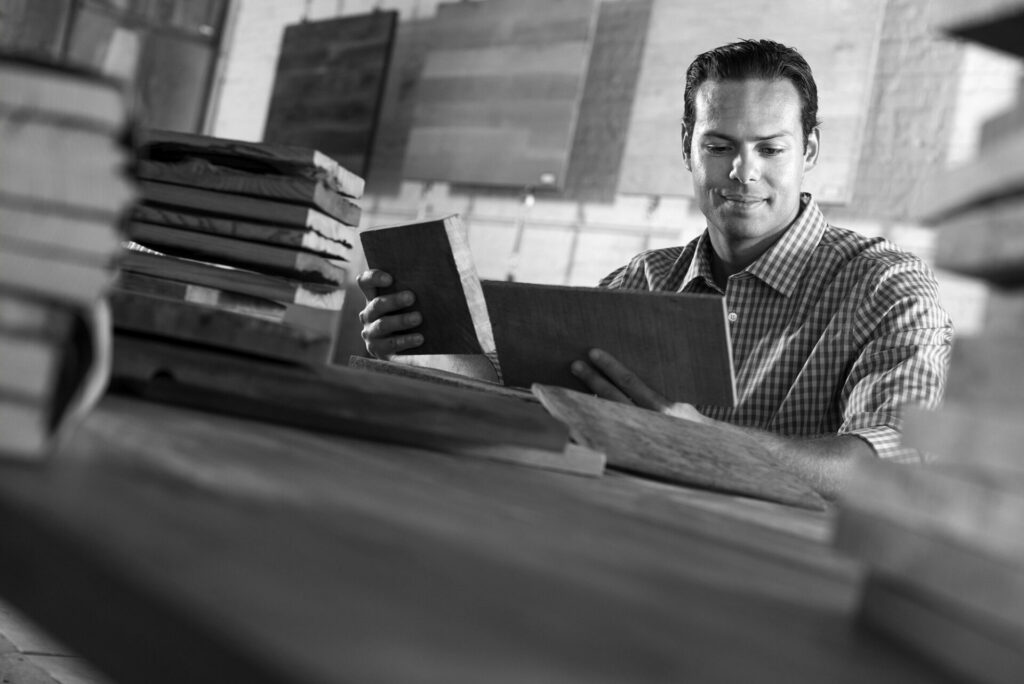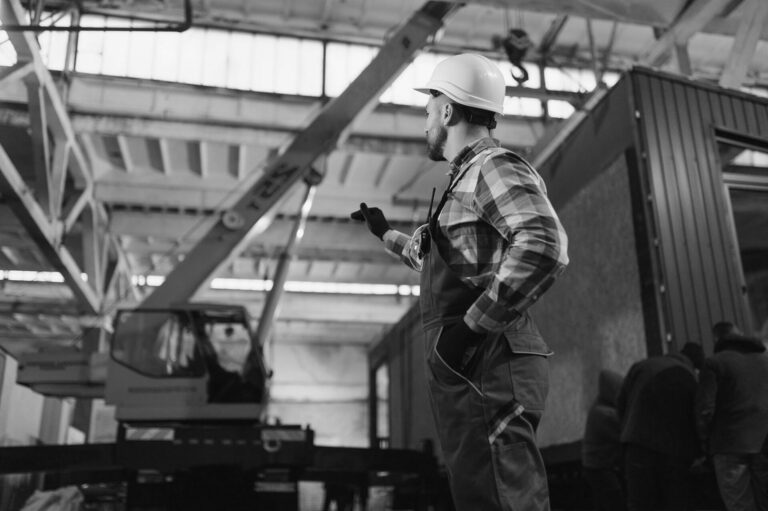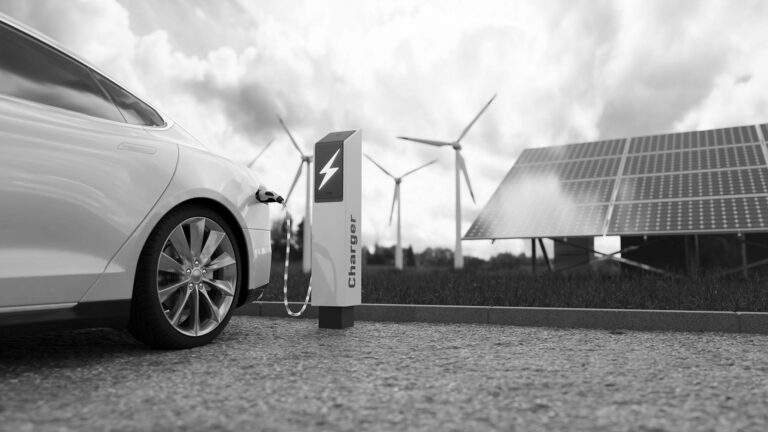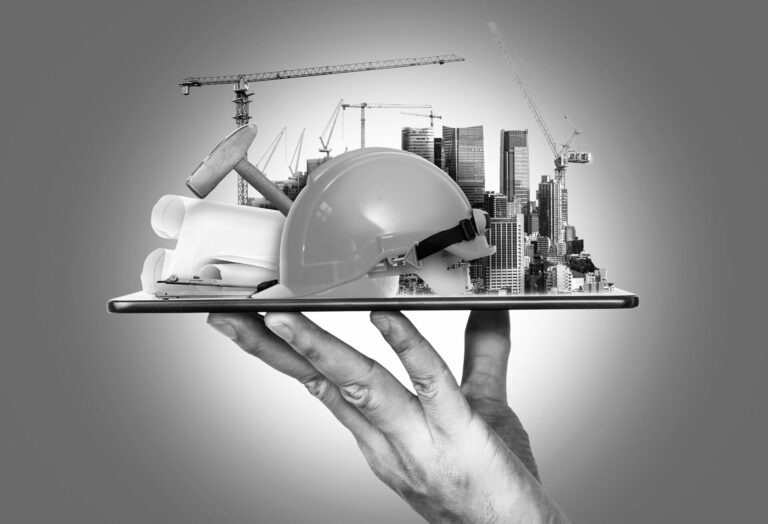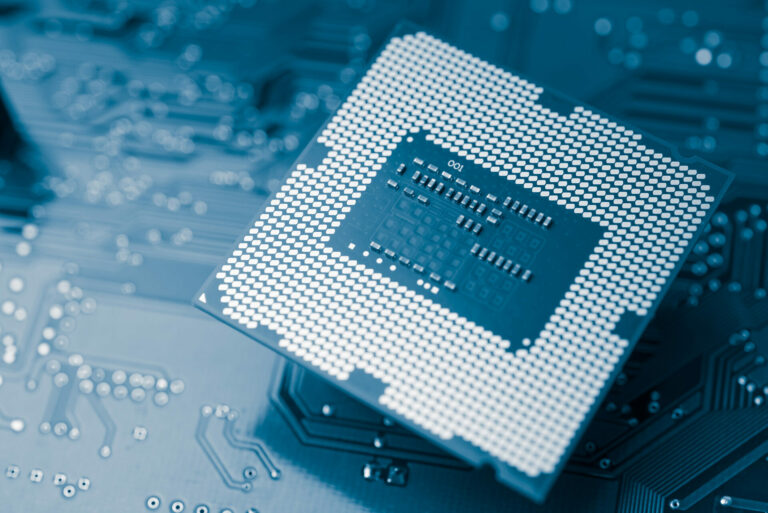There is no greater challenge facing the global community than reaching and maintaining Net-Zero. This task is one that has been heralded and promised for many years, yet it seems as though it is proving more difficult than ever. The road to a mass reduction in global emissions is one that has fewer exits than ever before. It is clear that monumental changes need to be made and this will involve input and effort from every sector. Unfortunately, construction is an industry that is coming under increasing scrutiny in this regard. While it may seem unfair to those within the sector, it is not without cause. On a global scale, the built environment generates around 40% of emissions. Furthermore, of those total emissions, building operations are responsible for 27% annually, while building and infrastructure materials make up a further 13%. No matter what way the figures are viewed, construction has some work to do.
This outlook is cast into even harsher light when we consider that we are living through the largest wave of building and infrastructure growth in human existence. According to Architecture2030, there is expected to be an astronomical level of growth between now and 2060. “The world is expected to add about 2.6 trillion ft2 (241 billion m2) of new floor area to the global building stock, the equivalent of adding an entire New York City to the world, every month, for 40 years. Additionally, three-quarters of the infrastructure that will exist in 2050 has yet to be built.”

Within this context, it is no surprise to learn that the construction industry is doing its utmost to develop innovative strategies and techniques to mitigate its environmental effects. Huge amounts of money and research are going into sustainable practices and companies around the world are keenly aware of the need for better environmental outcomes on the projects they work on. However, the solution to a global problem cannot come from within an industry. Self-regulation can only work to a point and the reality is that governmental policy and decisions are required if we have any chance in shifting the dial.
Buy Clean is a Federal program that puts the onus on public funding to be spent on low carbon, American-made construction materials. Initiated by the Biden Administration in 2021, the Buy Clean Task Force was set up to harness the incredible spending power of the Federal Government by ensuring that materials were sustainable and local. Given that the annual spend by the Federal Government is around $630 billion, this is no small initiative. “Through Buy Clean, the Federal Government is for the first time prioritizing the use of American-made, lower-carbon construction materials in Federal procurement and Federally-funded projects. This is advancing America’s industrial capacity to supply the goods and materials of the future while growing good jobs for American workers.” In addition to directing this spending, Buy Clean also researches and supports the development of green materials. It has prioritized the materials with the highest embodied carbon concerns such as cement, concrete and steel, demanding that alternatives are found for these materials in particular.
“Concrete is the most commonly used construction material in the world, and one of the most carbon emissions-intensive to produce.”
While this is clearly a positive shift in governmental policy, it is not yet mandated, and many states are too busy battling with their own internal politics to turn it into law. What passes for a forward-thinking idea can suddenly turn into a political hot potato. However, New York has stepped up as the first state to adopt a “Buy Clean Concrete” mandate. This is a significant step forward in the state’s commitment to environmental sustainability and this new guidance was developed in consultation with local government, industry, environmental groups and academic stakeholders. The mandate itself is far-reaching, including mandatory emissions limits on state funded concrete and “reaffirms the state’s commitment to environmental sustainability and reducing greenhouse gas emissions in government operations.”
Speaking as the rules were announced, Governor Kathy Hochul explained how state funded projects will be required to collect New York-specific data from common construction materials, including concrete, which will be used to set lower limits on greenhouse gas emissions from concrete, starting in 2027. “Adopting Buy Clean Concrete guidelines marks a monumental step in our journey towards a more sustainable and eco-friendly New York State,” Governor Hochul said. “By setting mandatory emissions limits on concrete used in state-funded projects, we’re not just leading by example but creating a tangible roadmap for reducing greenhouse gas emissions across the board.”
It is, of course, fitting that New York is one of the early adopters of the plan. The state has some of the most demanding climate action initiatives and it aiming to reach net-zero at a much earlier stage than the rest of the world. According to the Governor’s office, New York is aiming to achieve a zero-emission electricity sector by 2040, including 70% renewable energy generation by 2030 and economy-wide carbon neutrality by 2050.

According to Ian Wells, Lead at the Natural Resources Defense Council Industrial Decarbonization Team, this mandate marks a significant step on the path to decarbonization. He believes it is a show of strength, and one that will undoubtedly encourage others to follow. “Concrete is the most commonly used construction material in the world, and one of the most carbon emissions-intensive to produce. This guidance is an early and critical step to cutting down on the pollution and climate harm that go into our buildings, homes, and infrastructure. We look forward to working with New York leaders in the years to come to continue elevating these standards and turning concrete from a climate burden to a climate asset.”
It seems, however, that there may not even be a need for encouragement. Many countries around the world have adopted “Buy Clean” initiatives themselves. And why wouldn’t they? It now has a growing popularity that is well-deserved. As governmental procurement figures currently stand at around 15%, it makes sense that significant drops will continue to be seen as this initiative gathers momentum and this could lead to a cut in annual emissions by hundreds of millions of tons. In Canada, many have already adopted the concept too with around three quarters of Canadians supporting low carbon purchasing requirements for public infrastructure projects, even if this leads to slightly higher costs.
The outcome of these initiative is currently unknown. We are simply too early into this crisis to see the wood from the trees. What is clear however, is that by adopting simple changes such as Buy Clean, there are saving to be made. With New York leading the way, there is no doubt that the industry will be taking note. According to Jordan Palmeri, a Senior Researcher at Carbon Leadership Forum, New York has done its homework in order to have the very best chance of success. “New York State is a leader in targeting lower carbon concrete mixes for State projects. They conducted meaningful stakeholder consults that resulted in achievable initial carbon limits with phased reductions over time.”









